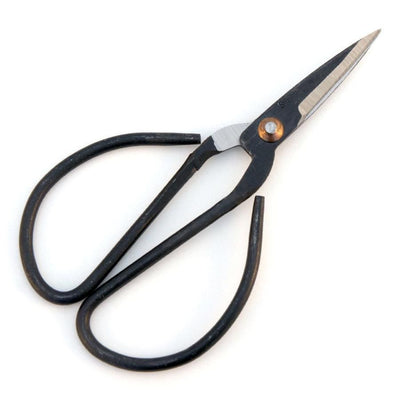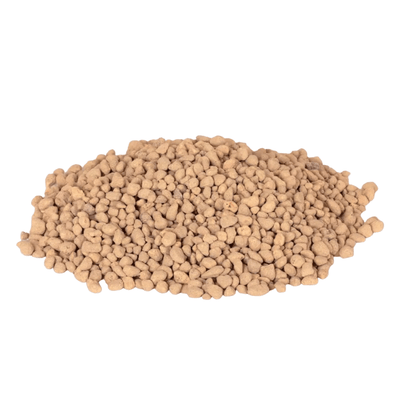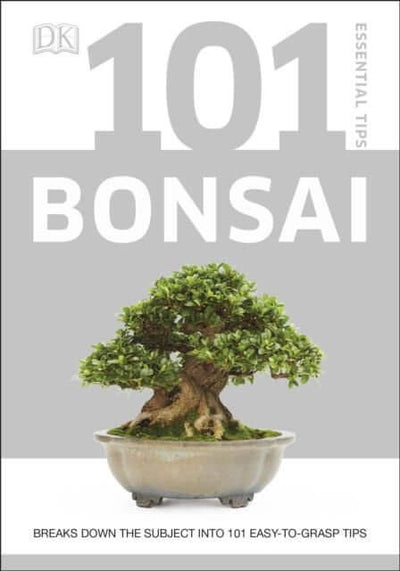General Care for Bonsai - How to keep your tree healthy
The unique art form of Bonsai has been practiced for many centuries now. Originating in China and Japan, Bonsai has a comprehensive catalogue of literature surrounding it, with extensive guidelines and a great deal of expert advice available. The true extent of Bonsai care goes far beyond what we will cover in this article but you will hopefully gain some valuable knowledge and perhaps a basic understanding of general principles. Bonsai trees are miniature versions of natural tree forms and as such their growth habits and requirements are similar to their fully liberated counterparts. As Bonsai are contained in restrictive pots they are entirely dependent on the owner’s care to survive - they need to be given the correct amounts of light, nutrients, heat and water. The reproduction of any natural tree form takes time, patience, and attention to detail for your Bonsai to flourish and achieve its potential beauty as it matures and grows.
Where should Bonsai be placed? And when should they be moved?
It's important to know that not all Bonsai trees are the same. Different species require different amounts of light, heat and humidity. Whilst we cannot cover here all the intricacies of each species of tree there are some general guidelines that can be followed which should cover the vast majority of trees.
Indoor Trees
Winter Placements Of an Indoor Bonsai Tree
(Nightly lows of below 10 degrees Celsius);
- If you have had your bonsai tree outdoors, now is the to bring it back inside - or place in a greenhouse / cold-frame as the absolute minimum
- Ideally, locate it on a south-facing window
- An east or west exposure is the next best if the south is not an option
- The use of ‘grow lights’ to provide extra light to keep your bonsai healthy may be required for any north-facing tree that demands a lot of light
- A minimum of four to six hours of sunlight per day is recommended but try to provide more if possible
- It is generally best to avoid placing your tree directly above a radiator or heat source
Spring, Summer, and Autumn Placements Of an Indoor Bonsai Tree
(Nightly lows of above 10 degrees Celsius);
- Your bonsai should be placed outside for maximum benefit, however, if you are keeping the tree indoors permanently then you must ensure it is kept watered often. Never let the tree completely dry out or there may be no rescuing it
- A patio, balcony, terrace or garden are also great locations
- Position it to absorb as much sunlight as you can for the mornings
- Place it in shade on very hot afternoons to protect the tree from scorching and/or becoming too dry
- Aesthetically, your Bonsai can be placed on a table, on top of a wall or on a bench so it reaches eye level for the optimum view
- If you have access to a greenhouse or cold-frame then this will also be appropriate during the cooler parts of the year
- It is generally best to avoid placing your tree directly above a radiator or heat source
Outdoor Trees
- Outdoor trees are much simpler to manage. They should remain outdoors during all parts of the year and only need to be protected from extreme cold/frost or extreme heat/sun
Watering
The survival and condition of your Bonsai are reliant on watering levels, do not neglect them. If you neglect a Bonsai, it is quite easy for the tree to dry out to a point where it will no longer be rescuable, no matter how much extra water you give it. The best way to prevent this is to stay on top of the watering - a rough guide would be at least once a day with full sunlight (in the height of Summer this could increase be 2 or 3 times a day, depending on temperature) but this will fluctuate depending on the size of your pot and plant as well as the medium in which it is planted. Moss covered soil helps to keep any water cool and protected from evaporation so is a great way to help in reducing the number of times you'll need to water your tree.
Humidity
During the Winter, if your bonsai is inside, it is recommended to place the Bonsai pot in a shallow tray, filled with a layer of gravel and a shallow pool of water. The extra moisture compensates for any water evaporated by indoor heating systems. Outdoor trees are generally fine with the UK climate.
Fertilizing
Fertilizer is a huge contributor to the health and beauty of your tree and should be applied at least once a month during Spring and Autumn. In Summer this can be done more often, but probably not more than once a week. Avoid fertilizing during Winter. Most trees go into a state of dormancy through Winter and fertilizing them at this time may do more harm than good. Your bonsai will respond well to foliar feeding, with a water-soluble fertilizer applied bi-monthly as a spray.
Trimming and Pinching
As different trees grow at varying rates, it is necessary to evaluate each tree’s speed of growth and adapt your trimming and pinching sufficiently. Failure to do so will see your Bonsai outgrow its miniature status rapidly and become unmanageable. Some species of tree can be clipped back with reckless abandon and will cope fine, but others need much more careful pruning so as not to shock the tree too much.
Other Considerations
In terms of training, most mature or semi-mature Bonsai trees you find will have already been through some form of shaping, wiring and pruning and will just require ongoing maintenance. Repotting must be performed periodically (a general guide is every 2 - 3 years, but can often be longer depending on the species and age of the tree) on all Bonsai when their root system has filled the pot. It is often quite easy to spot when it is time to repot as the tree's roots will begin to protrude through the bottom of the bot they are in. If it gets to this stage though you need to act fast as it is a sign that the roots are already at their growth limit. In most cases, the repotting process is simple if performed properly and at the right time of the year (usually early to mid-summer) to encourage a more compact root system with the fresh soil.
Please Note: This is a general overview of principles that should apply to most, if not all, Bonsai trees. Having said that, different species have their own distinct nuances, sensitivities and requirements so it is always a good idea to learn in more detail about any specific tree you may be growing.








